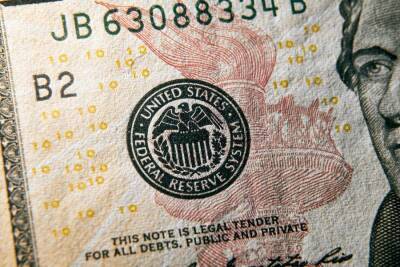Price analysis 2/2: BTC, ETH, BNB, ADA, SOL, XRP, LUNA, DOGE, DOT, AVAX
Bitcoin (BTC) rose above $39,000 on Feb. 1 but the sharp fall in the shares of PayPal may have resulted in aggressive selling by the short-term traders.
However, in the long-term, large investors seem to be viewing the decline as a buying opportunity. On-chain monitoring resource Whalemap said that whales holding between 100 to 10,000 BTC have accumulated during the recent decline.
Fidelity recently released a paper dubbed “Bitcoin First,” which highlights that Bitcoin is the most “secure, decentralized form of asset” and is unlikely to be overtaken by any of the altcoins “as a monetary good.”
The report said that Bitcoin combines “the scarcity and durability of gold with the ease of use, storage and transportability of fiat.”
Irrespective of Bitcoin’s volatility, its transaction volumes at the end of 2021 clocked an annual growth of nearly 100% over the past five years, according to a recent NYDIG report. This boosted Bitcoin’s annual transaction volume to $3 trillion in 2021, surpassing popular credit card network American Express, which recorded $1.3 trillion worth of payments and Discover, which had $0.5 trillion.
Could the accumulation by the bulls indicate that a bottom may be around the corner? Let’s study the charts of the top-10 cryptocurrencies to find out.
Bitcoin’s recovery reached the 20-day exponential moving average (EMA) ($39,116) on Feb. 1, which is acting as a stiff resistance. This suggests that sentiment remains negative and traders are selling on rallies to the overhead resistance levels.
The bears will now try to pull the price below $36,632.61. If they succeed, the aggressive bulls who had purchased the recent dip may book profits, dragging the BTC/USDT pair below $35,000.
The downsloping moving averages
Read more on cointelegraph.com

























